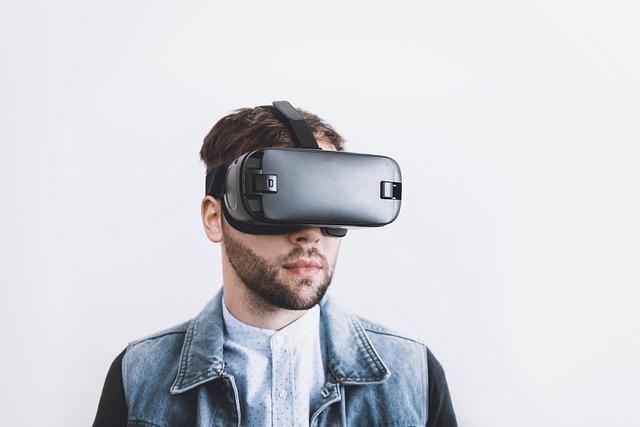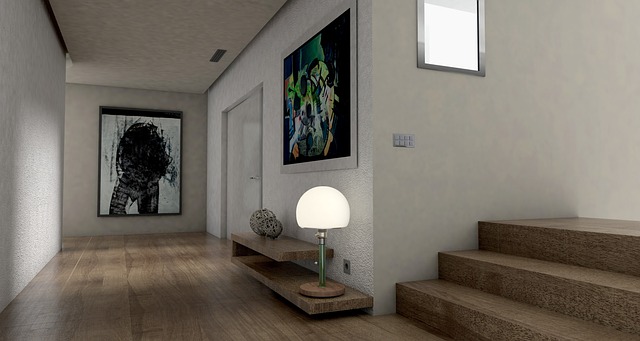Navigating Simulated Realities: A Deep Dive into Virtual, Augmented, and the Metaversum
The allure of simulated reality has captivated minds and fueled imaginations for decades. As we find ourselves on the brink of a technological renaissance, the distinction between real and artificial is becoming increasingly blurred. Virtual reality (VR), augmented reality (AR), and the ever-expanding metaversum present us with new dimensions to explore, where the boundaries of the physical world melt away, and a tapestry of experiences awaits.
Understanding Virtual Reality
Imagine stepping into an entirely different world, one where the laws of physics can be rewritten. Virtual reality offers this escape, immersing users into a computer-generated environment where they can interact with 3D spaces and avatars. Through sophisticated headsets like the Oculus Rift or HTC Vive, participants experience sensations that can elicit genuine emotional reactions. Whether you’re battling in a fantasy realm or strolling through a tranquil beach, VR is a portal that allows users to inhabit places they may never visit in their lifetime.
This technology goes beyond gaming; it’s utilized in education, therapy, and training simulations. For instance, medical students can perform virtual surgeries, gaining hands-on experience without the associated risks. Such applications showcase how simulated realities can transform learning and preparedness.
Diving into Augmented Reality
Augmented reality takes a different route, overlaying digital enhancements onto our real-world view. Through smartphones or AR glasses, users can interact with holograms and animations that coexist with their environment. Pokémon GO is a prime example of this, blending game elements with real-life locations. By augmenting our reality, this technology creates a unique fusion that encourages exploration and engagement with our surroundings in new ways.
AR has significant implications for various industries, including retail, healthcare, and real estate. Imagine being able to visualize furniture in your living room before making a purchase or obtaining instant information about a museum artifact through an interactive display. As we navigate through augmented realities, we allow technology to enrich our perception, merging the digital and physical realms seamlessly.
The Expansive Horizons of the Metaversum
While VR and AR enhance solitary experiences and enrich our reality, the concept of the metaversum introduces social connectivity in simulated spaces. Picture a vast digital universe where users can engage, create, and build communities that exist parallel to our own. This immersive space combines elements from both virtual and augmented realities, allowing for endless possibilities in user interaction.
The metaversum is not just a dream; platforms like Decentraland and Roblox are already paving the way for these virtual societies, offering users the chance to socialize, trade, and even attend concerts in a shared digital environment. As the concept evolves, it raises exciting questions about the future social landscape. Will our digital avatars begin to replace physical interactions? What roles will identity and ownership play in these expansive realms?
Embracing the Future of Simulated Realities
As we delve deeper into the realms of VR, AR, and the metaversum, it’s essential to recognize both the potential and implications of simulated reality. These technologies inspire awe and wonder, fueling creativity while also challenging our perceptions of reality. As we redefine our interactions—both with one another and with the world around us—we must remain vigilant, ensuring that while we explore the limitless possibilities of simulated environments, we do not lose sight of our shared humanity.
In this era of transformation, the line separating our tangible world from immersive landscapes is ever-fading. The journey into simulated realities invites us to embrace innovation, fostering an understanding of the digital world that is as enriching as it is engaging.



